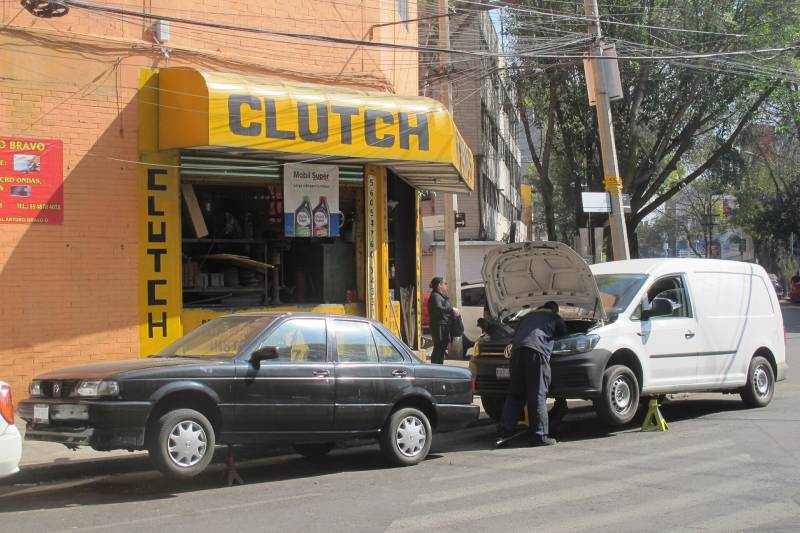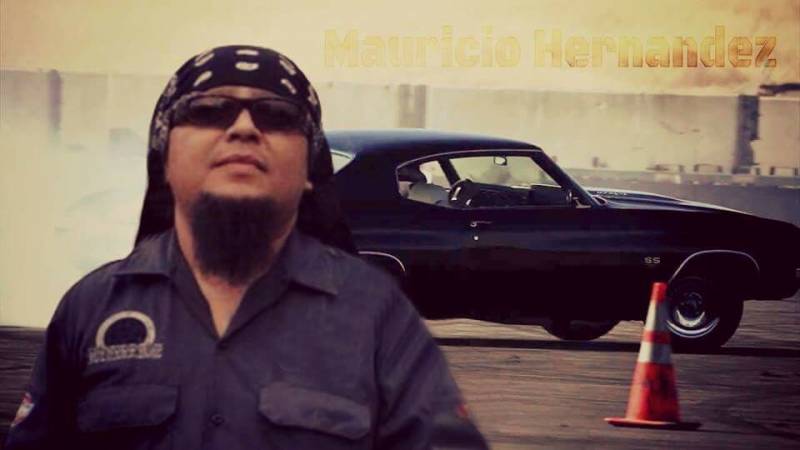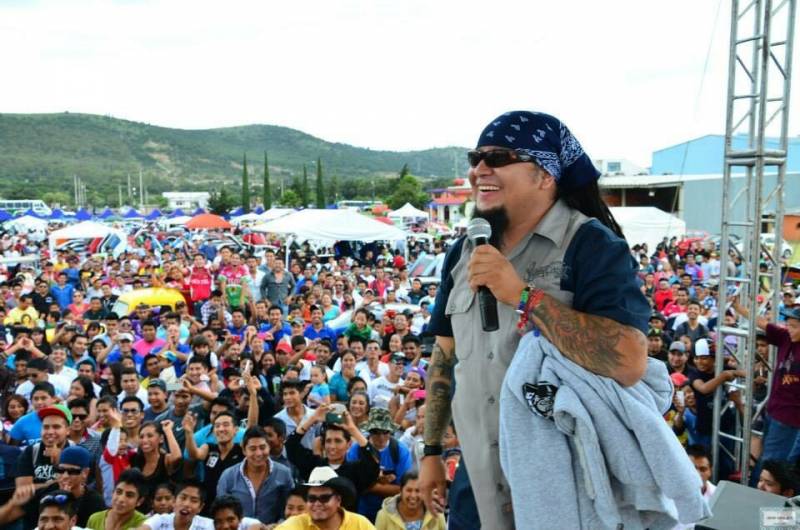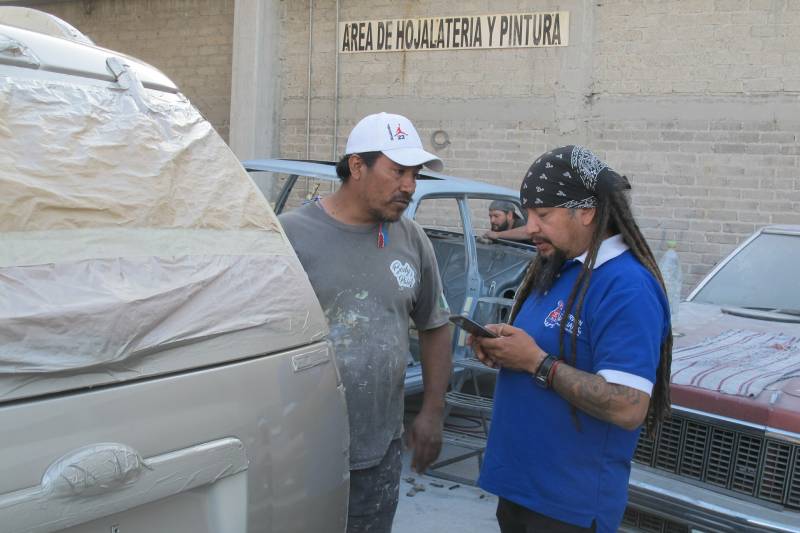When Mauricio Hernández met Arnold Schwarzenegger, the then-governor of California had just vetoed a 2004 bill that would have allowed undocumented immigrants like him to get driver’s licenses. At the time, Hernández worked for a well-known body shop in Los Angeles called West Coast Customs, where Hollywood celebrities like Sylvester Stallone, Snoop Dogg and Paris Hilton often brought their cars to for repairs and customizations.
“When Schwarzenegger came to pick up his car, I drove it and handed him the keys,” Hernández said, chuckling.
Growing up in Mexico City, Hernández dreamed of being on television and becoming famous. He used to watch a kids’ show called “Chiquilladas” and aspired to be invited to be a part of the cast. When he was 8 years old, he learned that the show was offering acting lessons for kids. But his family didn’t have extra money to pay for them, so his dream was pushed to the back burner.
In high school Hernández started working at an auto repair shop to earn extra money. He liked working on cars — almost as much as he liked the idea of being on TV. He decided that he wanted to work on cars professionally.
In 1991, as a teenager, he crossed the U.S.-Mexico border with his brother. He then got a job working as a janitor at a body shop in Westchester, near the Los Angeles International Airport.
“The first time I seen a lowrider, I really went crazy,” Hernández said. “They used to make them dance and get up and spin around. And I was like, ‘How’d they do that?’”

Soon Hernández started picking up odd jobs fixing up cars. He had a cousin who was doing some gigs for West Coast Customs.
Hernández and his cousin spent a long weekend doing the exterior work on a rickety old van for West Coast Customs. As they worked, a camera crew came out to film them. Hernández figured they were shooting a documentary, but he didn’t ask any questions.
“We’re here to do the job. Our thing was the money. Never mind the cameras,” he said.
The following week, Hernández found out that they were filming the pilot episode of “Pimp My Ride” — the MTV reality show hosted by the rapper Xzibit. Each episode featured West Coast Customs tricking out an old clunker and adding wild features like an Xbox or a jacuzzi. Hernández went on to work on many of the cars that appeared on the show.
“We ended up doing ‘Pimp My Ride’ for six years,” he said. “Those six years were the happiest years of my life.”
The body shop soon launched its own reality show called “Street Customs.” Hernández became one of the show’s main characters — living his childhood fantasy on national TV in the United States. But he was also in California as an undocumented immigrant.
When his boss offered to sponsor Hernández with a U.S. visa if he returned to Mexico to open a West Coast Customs franchise, he jumped on the opportunity.
In the winter of 2009, Hernández said goodbye to his partner and three kids and flew to Mexico City.



